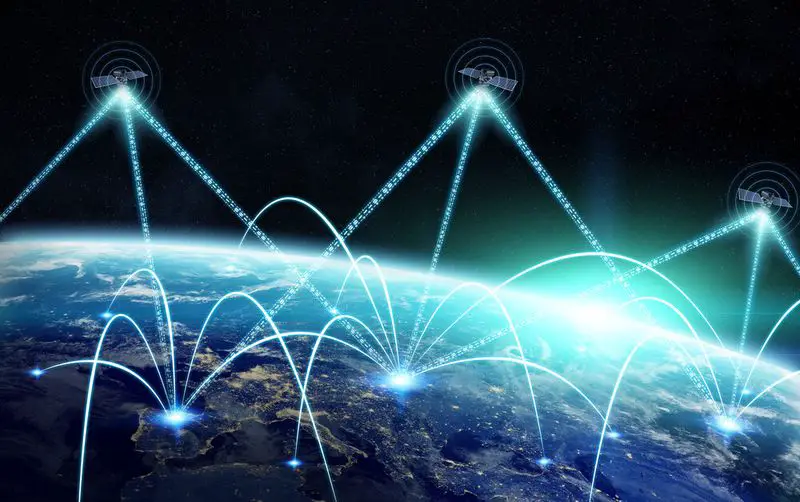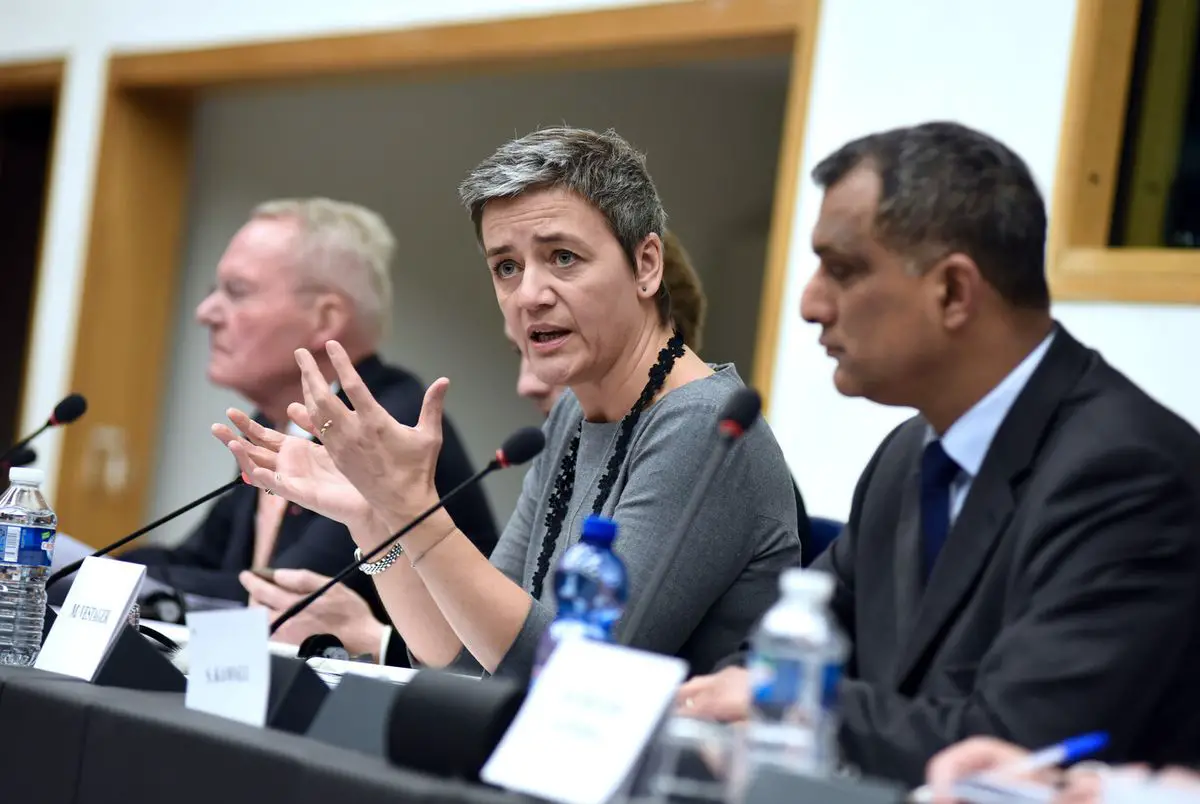The European Union announced its new ‘Action Plan’ on Monday, a plan that seeks to boost cooperation between the civil, defense, and space industries of the member states. The goal is to move forward with projects that can bring value and utility to the three industries. To this end, they are starting with three projects, including a satellite communications system similar to Starlink.
As announced by Vice-President Vestager, this plan aims to “strengthen Europe’s technological edge and support its industrial base”. She did not want to elaborate much on how this will be done, although they are looking for a synergy between the three industries so that the collaboration between them will lead to better products, services, and results for citizens.

This is actually nothing new. For decades we have seen how technologies created in one sector or industry have subsequently been applied in other industries. For example, all the space breakthroughs that have subsequently been used in medicine and everyday life. Often breakthroughs in technology have first been applied in the space or military industry.
The European Union will allocate part of its budget to these projects. In doing so, it seeks to finance military, space, or civilian projects that may be useful in the other two industries.
The projects being prepared by the European Union
To implement this ‘Action Plan’, the Vice-President of the European Union has announced three projects that will start already within this plan. The three projects are closely related to each other as they are closely linked to space and military technology, as well as their subsequent application to civilian issues.
The first of the projects is an investment in drone technologies. By this, they refer to improvements in unmanned vehicles and systems that are often used by military institutions. What is learned there can subsequently also be applied to civilian products, such as eVTOLs.
The second of the projects is perhaps the most interesting of all, a kind of European Starlink. As they indicate, it would be a new space communications system that should “lead to improvements such as better access to high-speed connectivity for everyone in Europe.”
Finally, the third of the projects has to do with space traffic management, in other words, a system that offers new standards to avoid collisions of artifacts in space.
At the moment there are no definite dates or tangible designs for these three projects. The Vice President of the European Union has indicated that they will update the roadmaps and objectives they have with this ‘Action Plan’ every two years to make it as efficient as possible. They hope that the plan will also help small and medium-sized companies to innovate, as well as to position the European Union as an autonomous agent in technology and not dependent on other economic blocs.





